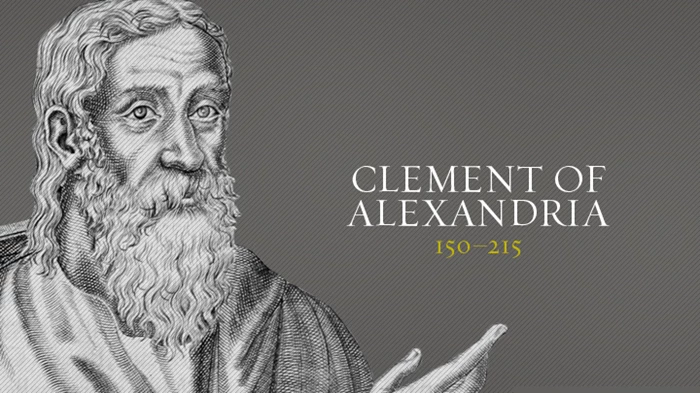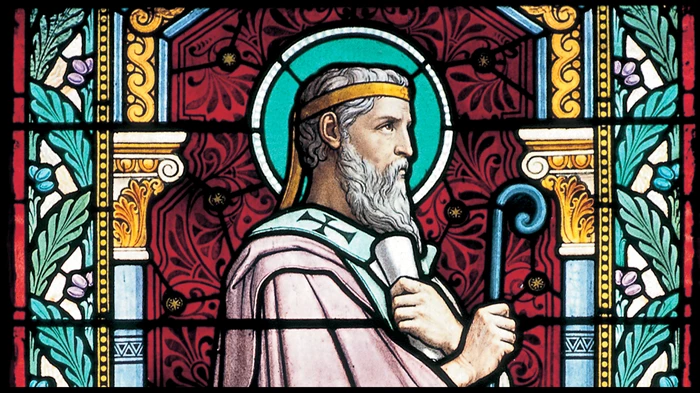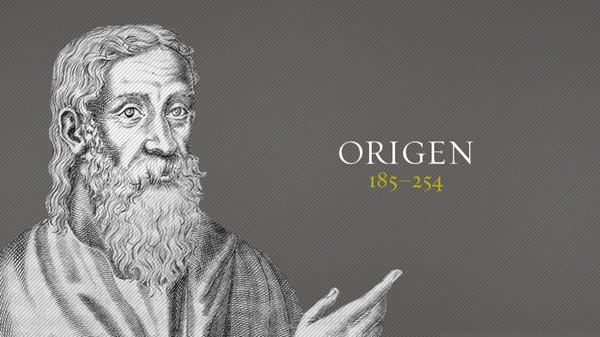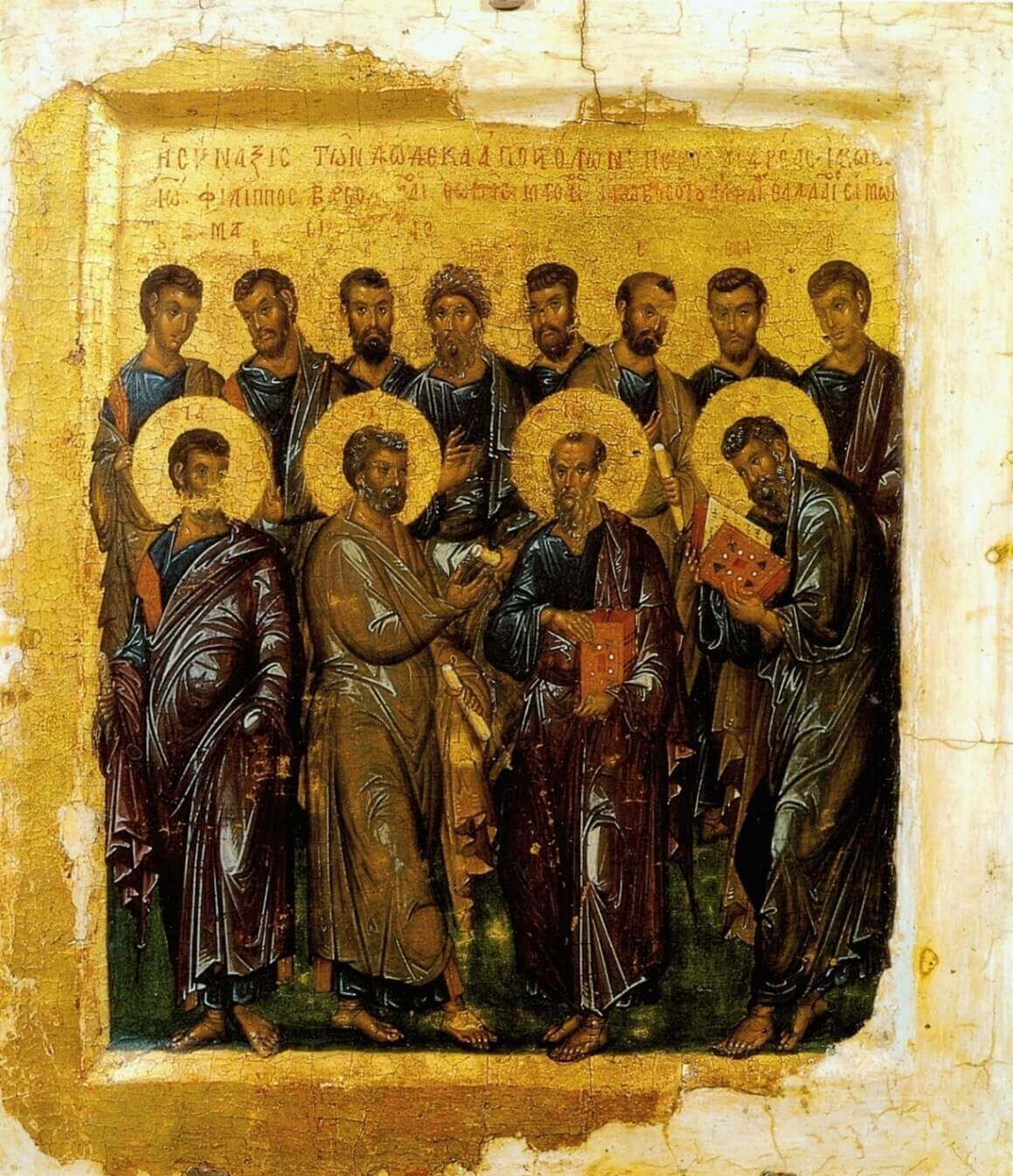“Wednesday 15 – By reflecting on an odd book which I had read in this journey, The General Delusion of Christians with Regard to Prophesy, I was fully convinced of what I had long suspected: (1) that the Montanists, in the second and third centuries, were real, scriptural Christians….”[1] In fact, this is not my own opinion, but Wesley’s! John Wesley wrote these words in his journal in August 1750. In addition, he testified that “Montanus, who ‘appeared (without bringing any new doctrine) for reviving what was decayed, and reformed what might be amiss,’ was ‘not only a truly good man, but one of the best men then upon earth.’”[2] For me, as a Coptic Wesleyan Charismatic, I cannot deny that when I read these words for the first time, nearly ten years ago, I found myself in a maze. My “very” Orthodox family background, which interweaves with my Coptic roots, firmly tried to hinder any tendency to accept the exoneration of those condemned by different schools of classical Church historiography. On the other hand, my Wesleyan Charismatic enthusiasm created a propensity to examine Wesley’s opinion that might offer backing to this Pentecostal-like ancient group. It is worth mentioning that my Wesleyan Charismatic enthusiasm has conquered and pushed me to examine the reasons behind Wesley’s opinion, and the following is my conclusion in brief points.
I. The emergence of the New Prophecy/ Montanism:
The “Prophecy” movement emerged in Phrygia, Asia Minor, during the 160s, when its founder, Montanus, began prophesying in an ecstatic state. Priscilla and Maximilla soon joined Montanus as two prophetesses, and the movement had spread within a few decades to many regions including Rome and North Africa.[3] Around the year 207, “the movement won a powerful advocate Tertullian, who was attracted by its asceticism and apocalypticism.”[4] The prophecy movement was condemned as a heresy by many early bishops and writers (e.g. Eusebius, Apolinarius of Hierapolis, Apollonius, and Serapion of Antioch / Eccl. His. 5: 16, 18, 19) and the Montanists were officially excommunicated by the Synod of Iconium in 230.[5]
II. Did the movement embrace heretic dogmas?
Many sources testify that the Trinitarian dogma of the New Prophecy people was orthodox, as well as their Christological belief. Even many of their contemporary opponents (e.g. Epiphanius and Hippolytus of Rome) agreed on that. The Montanists accepted all the scriptures of the OT and NT and were against non-orthodox belief such as Docetism.[6] Philip Schaff testified that “In doctrine Montanism agreed in all essential points with the Catholic Church and held very firmly to the traditional role of faith.”[7] Christine Trevett emphasizes that the “most ardent critics admitted that the New Prophecy was not a heresy.”[8] Dale Coulter stresses that “they did not preach any other God.”[9] In fact, Tertullian’s Montanist writings (e.g. Adversus Praxean) in which he formulated the doctrine of the Trinity became crucial in the development of the orthodox thought.[10] Therefore, I do not think it is going too far to say that the Prophecy movement was not a heresy.
III. Teachings of the New Prophecy
Well; if Montanism was not a heresy, what were its distinctive ideas that have moved many to condemn it? The most distinctive teaching of Montanism could be summarized as follows:
- The ecstatic state of prophesying: Montanus understood prophesying, exclusively, to be an ecstatic experience, in which prophets lose their sensation and become totally captured in a trance-like state.[11] Actually, this was odd for many, such as Eusebius who described it as “prophesying contrary to the custom of the Church according to the tradition and the succession of the Church from the beginning” [Eccl. His. 5: 16].
- Emphasizing fasting and connecting it with the receipt of secrets. “Fasting and revelation are linked.”[12]
- Re-marriage was uncompromisingly rejected.[13]
- Less tendency to forgive or restore apostates,[14] and strong emphasis that only the “church of the Spirit” has the right to bind and loose.[15]
- Strong emphasis on the Paraclete/ Spirit of Truth’s promises in the Johannine tradition; the Paraclete will guide believers into a mature understanding of the scriptures. Therefore, according to Tertullian, there is a place for novelty as long as it is in harmony with the Rule of Faith.[16]
- The “highly original feature of the Montanist Eschatology” was the expectation that fulfillment of apocalyptic promises would come soon, and the New Jerusalem would descend at Pepuza; an eschatology that put Jerusalem at the center instead of Rome.[17]
IV. Why did they call them heretics?
Although the Montanists were extremists in some ideas and practices, they were orthodox in the essential Christian doctrines, and their extremity in practices definitely does not enable us to describe them as heretics. If this was the case, why did the church consider them heretics at that time? Some scholarly suggestions could be summarized as follows.
- Christine Trevett highlights that Montanism emerged in the midst of the process of consolidation of authority in hands of male clergy, and she argues that (1) freedom and authority of women and (2) democratization of charisma in Montanism represented a threat for monepiscopacy. Dale Coulter alludes to the same point referring to Trevett’s emphasis that the conflict between the New Prophets and the developing Catholic tradition was not due to heresies but authority.[18]
- Lucien Jinkwang Kim suggests that the early church was convinced that any agreement with the Montanist emphasis on the continuous revelation of the Spirit could hinder the move towards canonization.[19]
- Rex D. Butler mentions Adolf Harnack’s argument that the main conflict was because of the developing Catholic tendency towards secularization vs the Montanist desire towards total separation from the world;[20] a suggestion which, I think, does not seem to be appropriate to describe the first stages of Catholicism.
- I think what Trevett and Kim suggested, in addition to biased historiography that focuses on institutional history, could produce this kind of unfair assessment which falsely attributed a heretic nature to Montanism.
Could fu{“type”:”block”,”srcClientIds”:[“1252961c-f79c-46f6-a7a8-c0894335d96c”],”srcRootClientId”:””}rther historical and theological studies fully prove Wesley’s argument? Who knows?!
References
- [1] Journal of the Rev. John Wesley, August 15, 1750, cited in Robert Tuttle, “John Wesley and the Gifts of the Holy Spirit,” UCMPAGE, http://ucmpage.org/articles/rtuttle1.html (last accessed June 18, 2015).
- [2] John Wesley, The Works of the Rev. John Wesley, 3rd Edition, ed. Thomas Jackson, 14 vols., CD-ROM edition (Albany, Oregon: Ages Software, 1997), 11: 485, cited in Lucien Jinkwang Kim, “Is Montanism A Heretical Sect Or Pentecostal Antecedent?,” AJPS 12 (2009): 121.
- [3] Dale M. Coulter, “Montanism,” YouTube, Online video, https://www.youtube.com/watch?v=Ut8dOkHvc4o&feature=youtu.be (accessed 14, 15, 17, 18 June 2015) and Kim, 115.
- [4] Kim, 115.
- [5] Ibid, 113.
- [6] Christine Trevett, “Gender, authority and Church History: A Case Study of Montanism,” Feminist Theology 6 (1998): 13.
- [7] Philip Schaff, Church History (Grand Rapids, MI: Wm. B. Erdman Pub. Co., 1970), 421, cited in Erich Nestler, “Was Montanism A Heresy?,” PNEUMA 6 (1984): 73.
- [8] Ibid.
- [9] Coulter, “Montanism.”
- [10] Paul McKechnie, “Women’s Religion and Second-Century Christians,” Journal of Ecclesiastical History 47 (1996): 410.
- [11] Coulter, “Montanism.”
- [12] Christine Trevett, Montanism: Gender, authority and the New Prophecy (Cambridge: Cambridge University Press, 1996), 106-107.
- [13] Ibid, 113.
- [14] Coulter, “Montanism.”
- [15] Trevett, Montanism, 117.
- [16] Coulter, “Montanism.”
- [17] Trevett, Montanism, 95 and Coulter, “Montanism.”
- [18] Trevett, “Gender, authority,” 13, 14 and Coulter, “Montanism.”
- [19] Kim, 115.
- [20] Rex D. Butler, The New Prophecy & New Visions: Evidence of Montanism in the Passion of Perpetua and Felicitas (Washington, D.C.: The Catholic University of America Press, 2000), 19.









